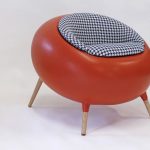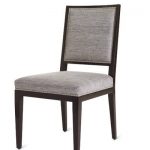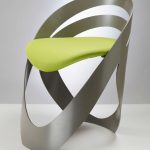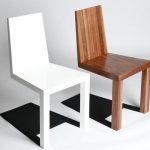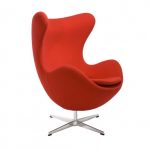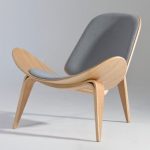As an Amazon Associate I earn from qualifying purchases.
Chairs have been an essential part of human history for centuries, serving as a means of comfort, status, and functionality. The evolution of chair design has been a continuous process, reflecting changes in style, materials, and technology.
Early chairs were simple and utilitarian, often made of wood or stone. The Ancient Egyptians were known for their ornate throne chairs, while the Ancient Greeks and Romans preferred folding stools for their portability and ease of storage. The Middle Ages saw the emergence of more elaborate designs, with chairs featuring intricate carvings and high backs.
During the Renaissance, chair design became more refined and elegant, drawing inspiration from classical Greek and Roman styles. The Baroque and Rococo periods brought even more lavish designs, with chairs adorned with ornate decorations and lush upholstery. The 18th century saw a shift towards more functional and practical designs, with the Windsor chair and Chippendale chair becoming popular choices.
The Industrial Revolution marked a significant turning point in chair design, with the advent of new materials such as metal and plastic leading to the mass production of chairs. The 20th century saw a proliferation of different styles and movements in chair design, from the sleek and minimalist designs of the Bauhaus movement to the bold and experimental designs of the Pop Art era.
Today, chair design continues to evolve, with designers pushing the boundaries of form and function. Sustainable materials and ergonomic considerations have become increasingly important in chair design, as well as the incorporation of technology and smart features.
Overall, the evolution of chair design has been a reflection of changing tastes, aesthetics, and technological advancements. From simple stools to elaborate thrones, chairs have come a long way in terms of design and innovation, and it will be interesting to see how they continue to evolve in the future.
Amazon and the Amazon logo are trademarks of Amazon.com, Inc, or its affiliates.
 yonohomedesign.com Garden and Interior Design Ideas
yonohomedesign.com Garden and Interior Design Ideas
